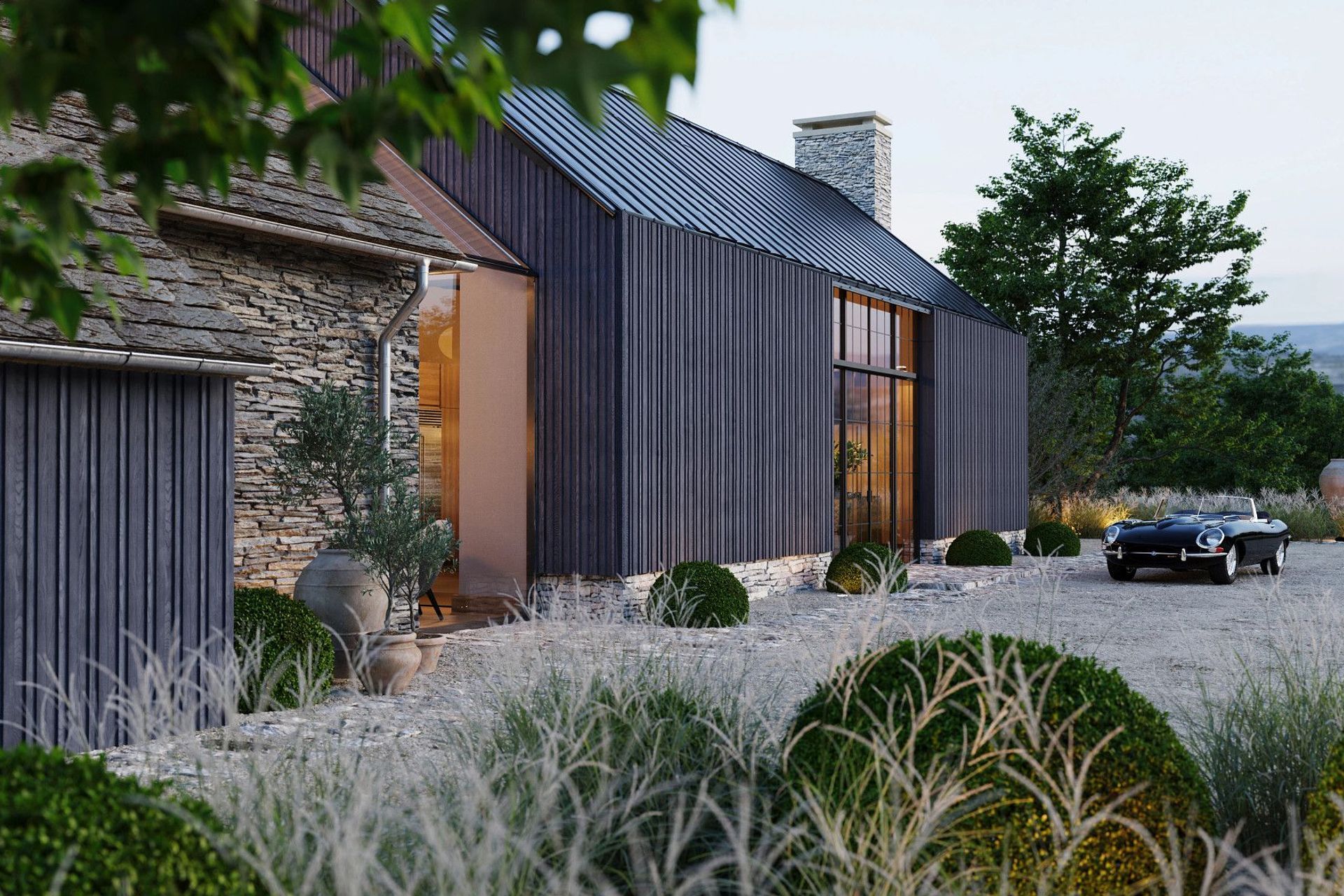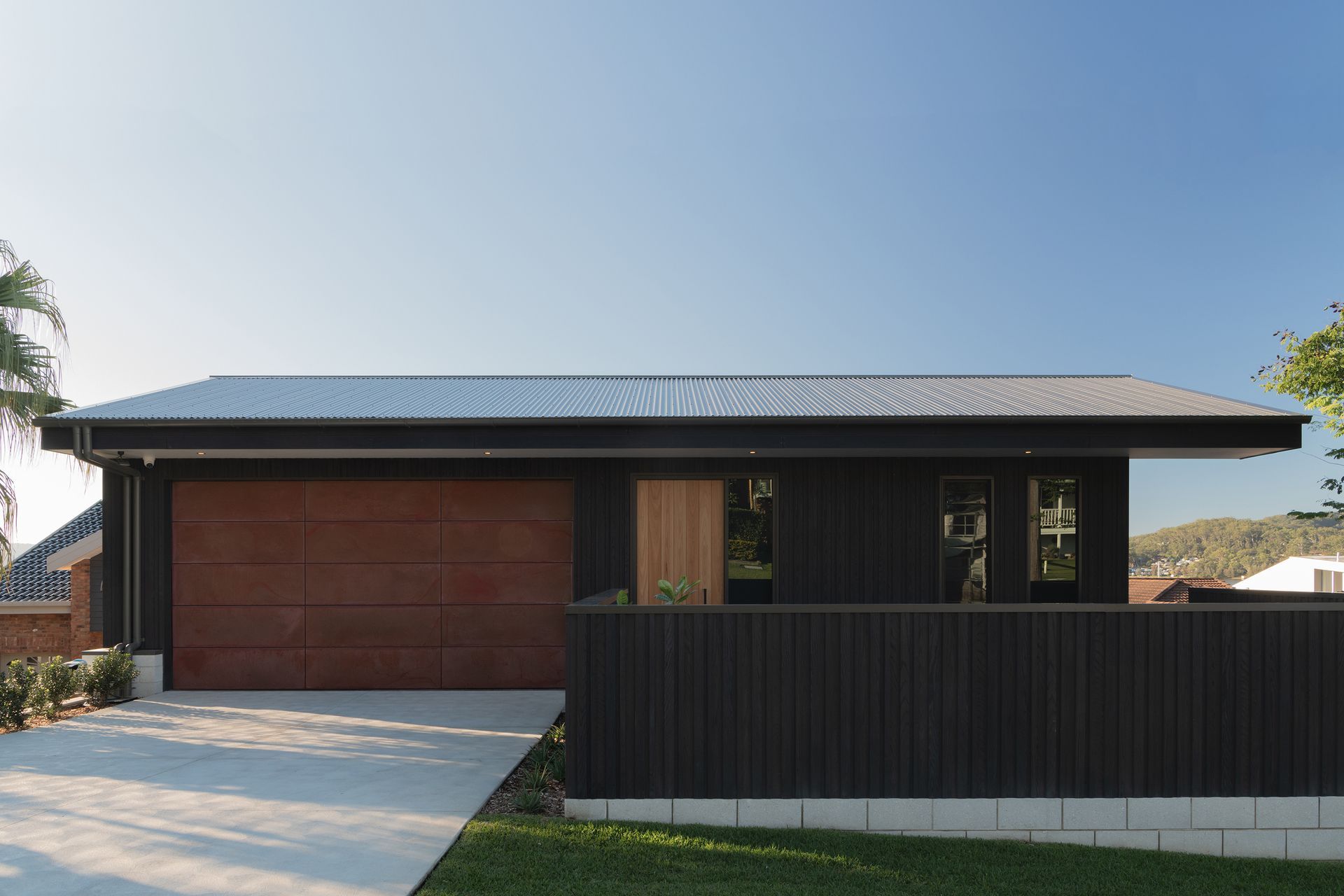Future-proofing buildings: The durability and beauty of the latest composite cladding
Written by
27 March 2025
•
4 min read

With the growing demand for sustainable and innovative building materials, composite cladding is an ideal solution, combining durability, aesthetics, and advancements in design and technology.
The latest composite cladding takes this even further, with realistic-looking woodgrain that rivals the real thing, creating opportunities for high-end architecture to adopt composite cladding.
Here, we speak to Millboard’s Josh Glover who shares how Millboard’s latest composite cladding, the Envello range, is revolutionising modern buildings.

The Envello system by Millboard
As timber grains continue to dominate architectural facades, it is essential to select composite cladding that authentically mimics the natural variation of wood, avoiding a synthetic or superficial appearance. Opt for cladding that reflects the unique character of real timber, where no two pieces are identical, enhancing the overall aesthetic of the building.
Millboard’s Envello composite range was carefully designed to imitate real timber grains, with variation throughout the boards, shares Josh.
“It's the only composite in the world that is hand-crafted from impressions of real timber—using stunning English oak which features some beautiful grain patterns.”
This means Millboard reaches a level of realness that many other composites don't come close to.
“With Millboard you get variation between boards and no repeats at all within each board itself. Ultimately this elevates Millboard into a true architectural grade finish, creating a showpiece or feature that becomes an iconic part of the project.”
In spite of how realistic Envello looks it still offers all the benefits of low maintenance, durability and longevity. The boards don't contain any timber so they can't be eaten by termites and don't support mould or algae growth, which means they will never need to be oiled or sealed—reducing the need for maintenance long-term.
The other advantage of Millboard’s Envello cladding is that it’s lightweight, making it a much more versatile system than heavy timber or plastic claddings, shares Josh.
“This makes it a perfect solution for garage doors and other applications where heavy timber/plastic composites may not be suitable.”

Composite cladding system and performance
The Envello system works similarly to standard timber cladding, using a tongue and groove system, where the boards lock into each other.
“The cladding comes in planks so you simply screw the board into timber battens and then the next board covers over the screws so you get a simple, clean finish that is very quick to install without having to worry about any complicated clipping system.”
The tongue and groove has been profiled with a relief angle to allow the boards to curve when used vertically, as well as limiting the passage of air and water through the system. The tongue of the board features a notch which the fixings are aligned with, the next board then covers over the fixing creating a clean finish. The distinctive chamfered cut of the profiles also enables the rain to naturally clean the boards, reducing the need for manual cleaning or treatment.
Envello comes in two profiles, the fire-rated Shadow Line (very similar to the decking boards) which is a tongue and groove format that creates a rain shield for your cladding/soffits. Its wider profile prevents warping, while oblique angles ensure efficient water drainage. The indent between boards defines the individual grain patterns, maintaining a clean, authentic look.
The other profile offered is Board & Batten, which offers a bolder look with alternating-sized battens giving more depth and dimension to the facade. Moulded from individual timber pieces, its tongue-and-groove profile simplifies installation by requiring fixings only through the tongue, while angled profiles create shadow definition and enhance drainage when installed horizontally.
Explore Millboard’s Envello range of composite cladding